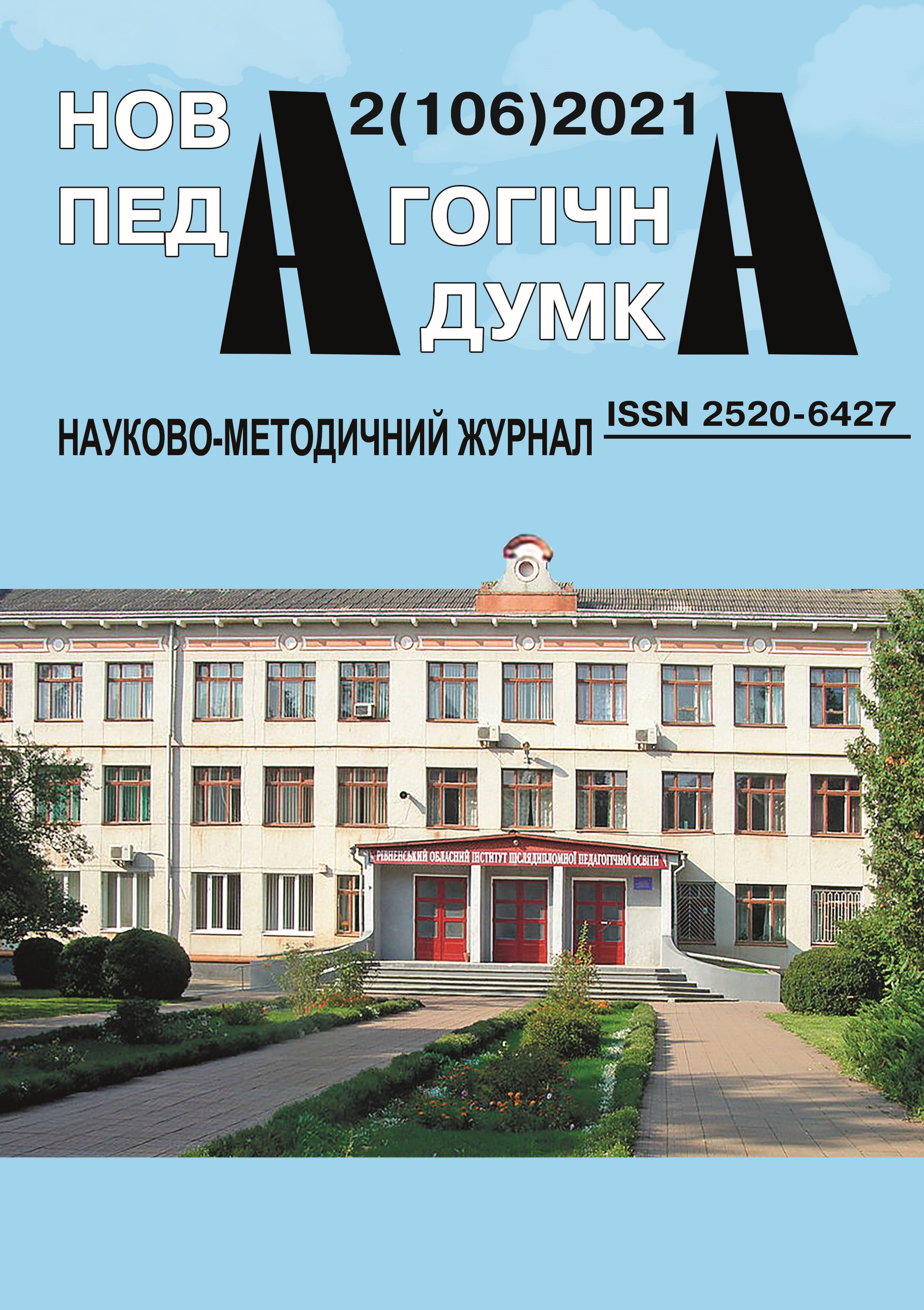Anne of Kiev and Reims Gospel
Abstract
The article deals with information relating to the Reim Gospel, which was used in the coronation of French monarchs. This masterpiece of writing is considered to have been brought to France by Anne of Kiev, the daughter of Prince Yaroslav the Wise, who became the French queen in the middle of the XI century. In favor of this version, the following arguments are put forward: In the Cyrillic part of the Reim Gospel on the second page the apostle Philip was mentioned, who was considered the Baptist of the Scythians. Anna gave such name to his first son, although it was a unusual for French kings in that time. Only later this name became popular and many French kings were called Philippe. French documents called Anna not only the Rusyn, but also the Sсythian. At that time, in the western Europa ethonyms the Rusin and the Scythian often identified. Anna might consider the Apostle Philip as a patron of Scythia, the Ukrainian lands, which in those days were often called Rus’. Anna also left a self-signature «Ana Regina» under one Latin-speaking document of 1063 year and this signature coincides with writing letters on the pages of the Ramp Gospel. Writing her name, the Queen of France used the form «Ana», that is, wrote it with one «n». Also this spelling of the name is met in the Reim Gospel. Although at that time in Latin, as well as in some Slavic texts, this name was written with two «n». The article also deals with two possible versions of the origin of the Reim Gospel - Czech and Kyiv and shows that the linguistic analysis of the text give the opportunity to talk about its Kyiv origin. The hypothesis that Anne of Kyev brought the Raim Gospel to France as part of her trousseau is expressed.





